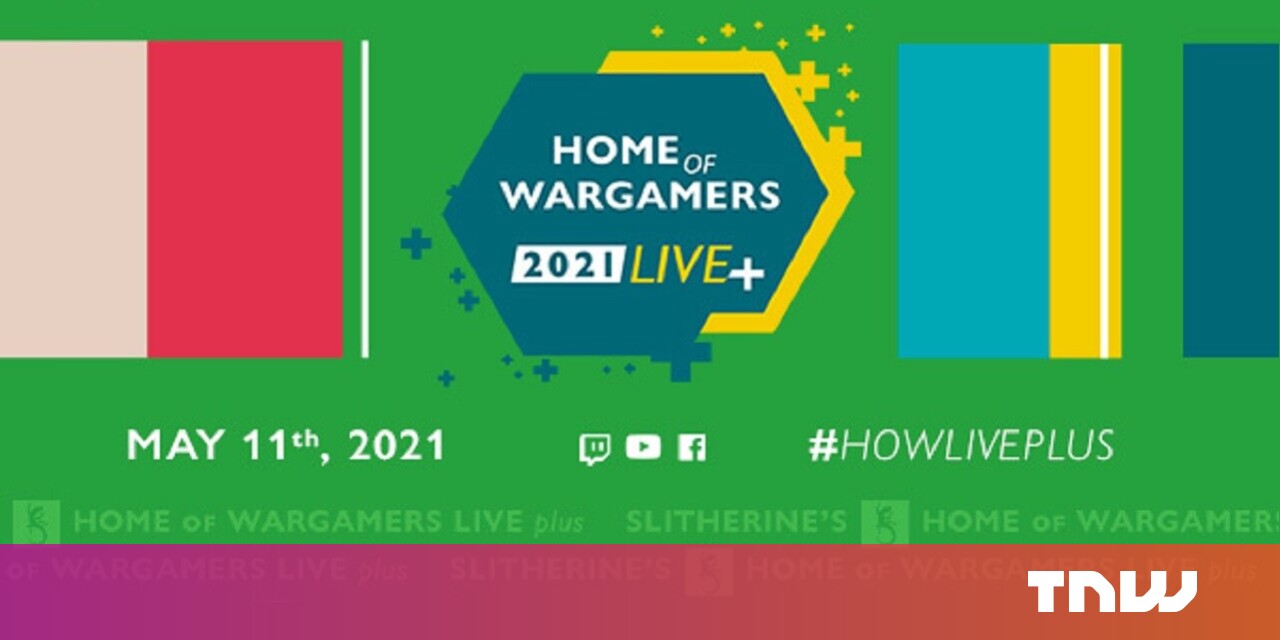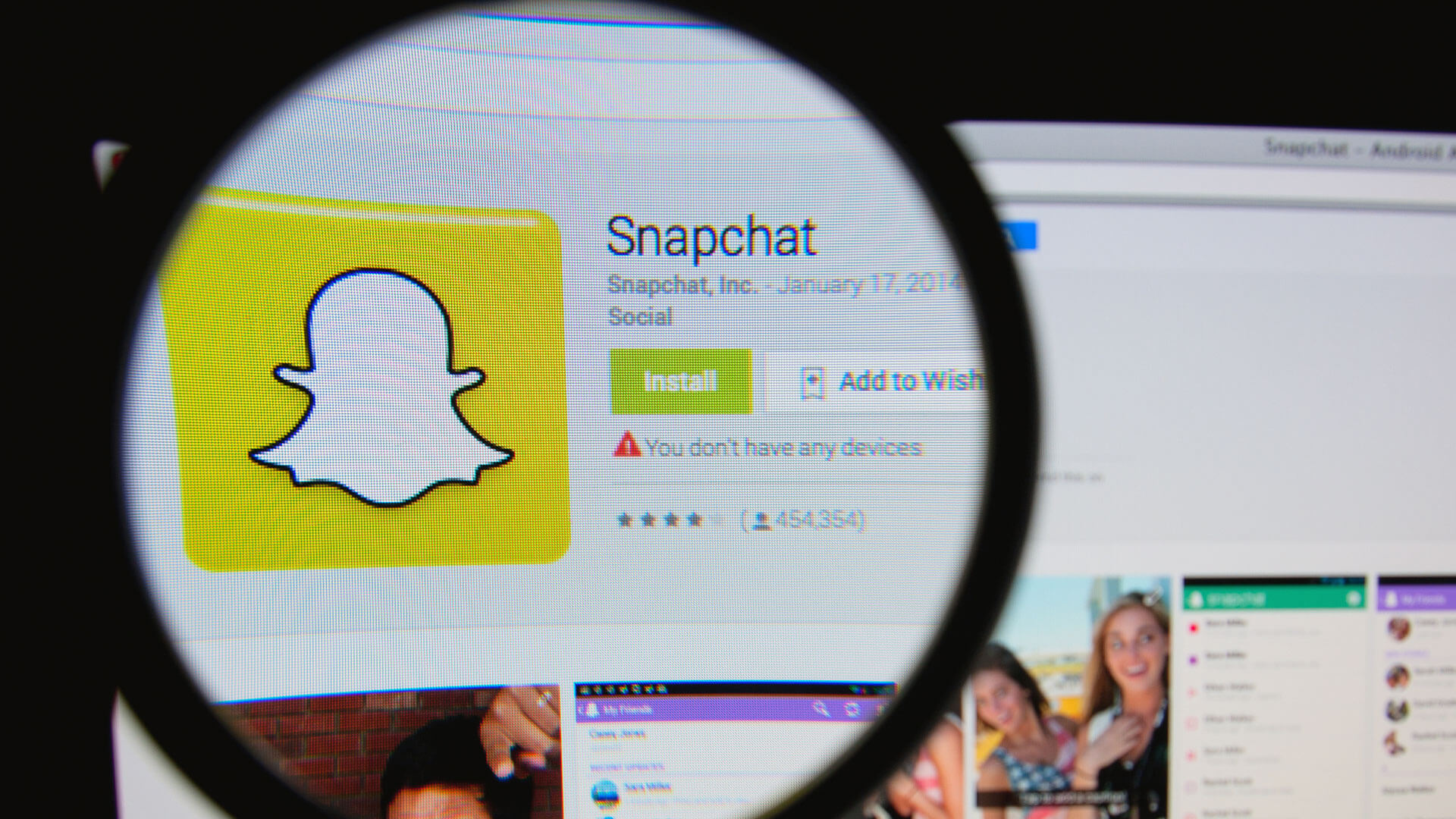#The new Chinese digital consumers your business needs to target

Table of Contents
“#The new Chinese digital consumers your business needs to target”
Understanding the globe’s most active and unconstrained consumers isn’t just a lifeline for startups when other markets are closed or slow. They offer a glimpse at trends in the world’s largest market after the coronavirus. We can see some patterns already present in the West that are new to China and some patterns that might make their way from China to the world.
Now if your brand is ever contemplating going into the Chinese market, there are four core emerging groups and three familiar ones that I believe to be essential to future success, based on my experience here in China. Let’s start off with the emerging groups:
1. Young adults in lower-tier cities shine
This group of consumers is less affected by an overall slowdown because consumption in lower-tier cities is accelerating despite what’s happening in top tier cities. Their income is increasing but their cost of living isn’t.
While they tend to pursue lower priced items, they’re also making luxury purchases. Their annual luxury purchases tally up to about 393,900 RMB, compared to 344,100 RMB in Tier 1 cities and 275,000 RMB in Tier 2 cities.
Chinese tech companies are already profiting handsomely from tapping this market made up mostly of young and single consumers they call the Xiachen (下沉 “sunken/down”) market.
The number of internet users in this group increased by 24.61 million in March and 70% of new users on Taobao and JD.com came from here. Pinduoduo, Vipshop, and Xianyu are also popular platforms.
They’re buying electric appliances, entertainment products, real estate, cars, domestic beauty brands, and products from short-video platforms. In terms of cosmetics, Estée Lauder and Perfect Diary are the top brands.
2. Silver surfers ride the digital wave
China has an aging population so engaging with them is a necessity and an opportunity brands should grasp in 2021.
Since the pandemic began, older consumers have become much more comfortable online and are now firmly a part of China’s e-commerce shopping force. In the first half of 2020, seniors made 55% of their apparel purchases online.
There are more senior female internet users at 57.1% and around 43% of active senior netizens are from 1st and 2nd Tier cities. Most of them use Taobao for online shopping, followed by JD and Pinduoduo. They use social networks like WeChat and QQ, video platforms like iQiyi, and news and information sites and apps.
They’re looking for experiences, social connections, and learning opportunities. In terms of products, they want home appliances, health supplements, travel options, insurance and financial products. China’s elderly social entertainment market is expected to reach 882 billion RMB in 2021.
China’s elderly have no time for brands that talk down to them. Marketing should feature older people who are proud of their age, their achievements and aren’t afraid to show their flair and personality.
3. The market for pet owners is soaring
This is a growing consumer group in many markets as Covid prompted a dramatic decrease in pet relinquishment and a huge rise in pet adoptions in many countries. 202.4 billion RMB was pumped into China’s pet market in 2019, a YoY increase of 18.5%, with online sales exceeding 30 billion RMB. Chinese pet lovers are even buying luxury products for their pets.
One survey found that although only 22% of households in China have pets, the numbers still add up to 100 million families and pet owners tend to be concentrated in first and second tier coastal cities.
Younger pet-owners are eager to provide the best lifestyle for their pets and there’s rising demand for dry shampoos, paw lotions, and pet cleansers. Between June and December of last year, these products saw triple-digit sales growth on Tmall Global. Pet owners have even been using social media to arrange playdates for their pets.
For brands that aren’t in the pet space, co-branding items or promoting with pet bloggers and influencers that match your brand is a smart move.
4. Power women are staking their claim
Women in their 30s and older are undoubtedly one of the most discussed consumer groups in China this year. Two shows – Sisters Who Make Waves and Nothing But Thirty – have been instrumental in a different kind of representation for women in pop culture in China – older, strong, empowered and some who are divorced or single mothers.
Chinese women with higher education and greater participation in the workforce have more financial autonomy and personal freedom than ever before and are spending more time online than ever before.
They’re looking for experiences, adventure, beauty, self-care, health, fashion, and knowledge but they’re not only spending more on themselves. They’re also responsible for three quarters of household purchasing decisions.
Recommendations, promotions, group buying, and live-streaming influence female consumers a lot. This is reflected in their use of WeChat mini-programs, WeChat private groups and shopping recommendation communities like Red. Luxury brands are benefiting most from the 70% of global luxury spending growth thanks to China’s affluent middle class, millennials and female consumers.
Brands should avoid stereotypes in their marketing campaigns for women in this group and pay attention to consumer sentiment on Chinese social media. One thing brands can’t do is ignore this group.

If you want to make smart moves into the Chinese scene, those four emerging groups are a great bet. But in addition to those, there are three familiar groups that continue to play a big role:
1. Gen Z consumers with zeal, but on a budget
Gen Z’s dot com kids were born after 1995 and are expected to make up 27% of the population by 2025. They’re digital natives who spend an average of 4.7 hours a day on their phones.
They like Guochan (国产 “domestic”) products featuring traditional Chinese design, live streaming e-commerce, Pinduoduo, with its integrated e-commerce and group buying, and Xianyu’s second-hand trading.
Because of the pandemic, they’ve adjusted their priorities and more than 70% are now buying for their families instead of just themselves.
2. Middle-aged men are managing their image
In the 30-49 year old age group there are 11 million more men than women and, for luxury and grooming products, they’re a large potential consumer group.
The top three products for men in their 40s are alcohol, 3C (computers, communication, and consumer electronics) products, and watches. They also like home appliances, auto accessories, tobacco, hair loss treatments, grooming products, supplements, vitamins, and — surprise, surprise — skincare items. They’re especially interested in products that help them look younger.
3. Happily single and spending
Singles were already an up and coming group but since COVID-19, more have adopted the single life as a health protection strategy. Men make up the majority of China’s 260 million single adults. They’re seeking experiences, enjoyment, high quality, and convenience.
Hot pot restaurant chain, Haidilao’s strategy for its single customers was to provide them with teddy bears so they didn’t have to eat alone and had a photo op for social media. Over 70% of post-90s who live alone also have pets.
Brands need to re-establish a connection with consumers and embrace them as they, and the world around them, changes. The effort will be worth it. As the Chinese proverb says, when the winds of change blow, some people build walls and others build windmills.
Published November 12, 2020 — 14:42 UTC
For forums sites go to Forum.BuradaBiliyorum.Com
If you want to read more like this article, you can visit our Technology category.




